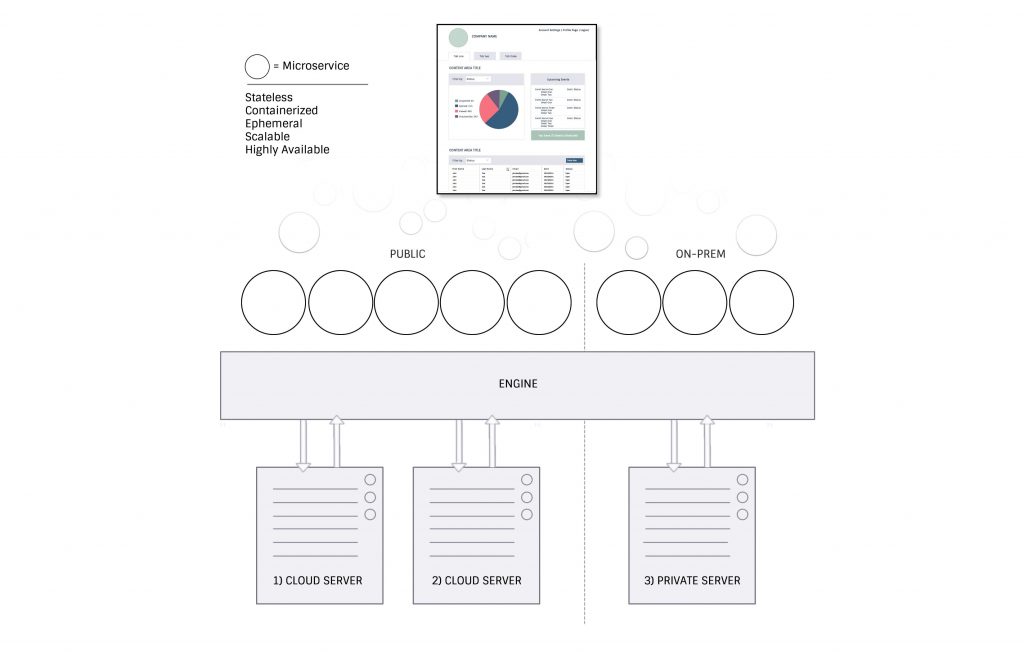The Value Proposition of Containerized Microservices

If you aren’t building stateless containerized microservices you are missing a massive value proposition.
Imagine a world where a non-technical Citizen Developer can build an application that is automatically hardened against attack, scalable to thousands of users, distributable via global CDN (content delivery network) and that contains all of the high-availability, data backup and disaster recovery services needed for a world class application. With today’s technology, this is utterly impossible. Or is it?
Using a high-productivity application platform as a service that is built on a stateless containerized microservices architecture using an asynchronous scripting language accomplishes precisely that. Citizen Developers now possess capabilities that far exceed what entire teams of technical developers can produce in any reasonable period of time using 3GL stacks. This value proposition is undeniable.
Containerized Microservices are a new and better architecture for the creation and maintenance of enterprise-grade, mission-critical applications. A description of these cutting-edge features and their benefits are detailed below:
MicroServices
MicroServices deliver the same functionality as does the traditional architecture, a single large base of code, but instead utilizes many smaller applications, aka “MicroServices”, that each perform a specific function. Each of these MicroServices can be maintained and managed independently.
Containerization
Each MicroService is instantiated on the server as a self-standing Docker Container. Each Docker Container can be dynamically started or stopped and can have its allocated CPU and memory resources dynamically increased or decreased on demand.
Asynchronous Processing
CitizenDeveloper.com is written to process requests asynchronously, which means simultaneously. A modern, web-based form of a parallel processing, the ability to process independent commands asynchronously means substantial increases in page processing speeds and dramatic decreases in user wait times.
Stateless
Containerized MicroServices are stateless, which means that in the event a particular container errors for any reason, the application or the data is in no way affected, and the user is not aware. Automated management tools ensure that there is always a containerized microservice available to process any user request. The result of this powerful capability is no loss of data or process in the event of a system error, near perfect uptime and a very high level of reliability.
Scalable
Each Containerized Microservice is independently scalable and mirrorable. This means that as specific functional areas of an application are needed or not needed, the system will automatically increase the quantity of a particular microservice and/or increase the CPU and memory resources allocated to an individual microservice. In other words, this powerful new technology provides scalability on demand, for just the part of the application that is in demand at that moment.
These benefits are incurred automatically when building within an hpaPaaS that sits atop of stateless containerized microservices using an asynchronous development language like Node.js.
Citizen Developers the world over can now deploy features that otherwise require high-end database and systems work, all with no additional understanding or effort on their part, simply by choosing an hpaPaaS built on a containerized microservice stack.
